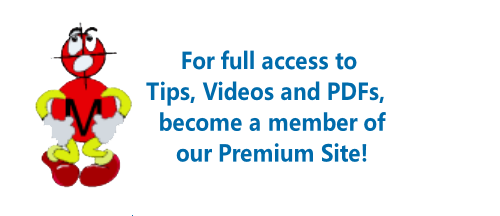Many companies are using a general profile of a surface tolerance in place of the "old school" general plus/minus tolerance. As pointed out in earlier Tips, the advantages include:
Consequently, toleranced dimensions are being replaced by BASIC dimensions. Although this approach will be the standard practice in the future, toleranced dimensions still have a place on most drawings. If, for example, the general profile of a surface tolerance is relied upon to control wall thickness, large variation could result.
To reduce this variation, a general wall thickness with a tolerance may be used as a refinement of the general profile tolerance. In this example, with a general profile tolerance of 0.5mm and a nominal basic wall of 0.5mm, without a wall thickness note, the wall thickness could vary from 1mm to zero.
The general wall thickness note as a refinement prevents this from happening. This wall thickness dimension is a local size that must be met at each cross section.
Note that the "notes" on the drawings on this tip reference the ASME Y14.5-2018 standard. They could also reference ASME Y14.5M-1994 or ASME Y14.5-2009.
This tip is in accordance with ASME Y14.5M-1994, Y14.5-2009 and Y14.5-2018.
This tip was originally released in July 2001.


